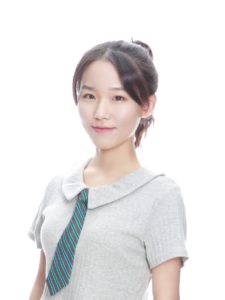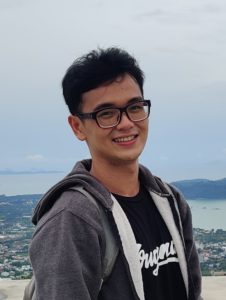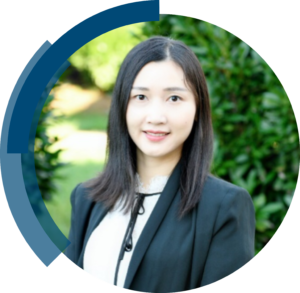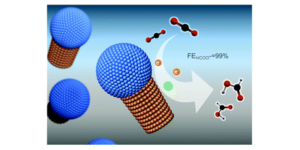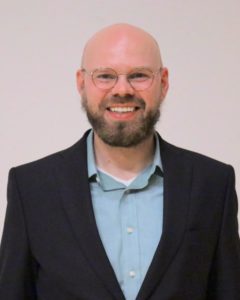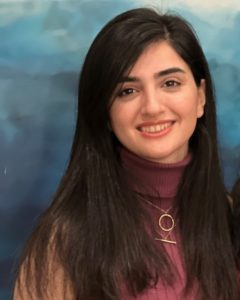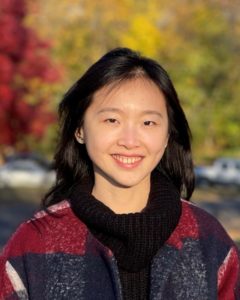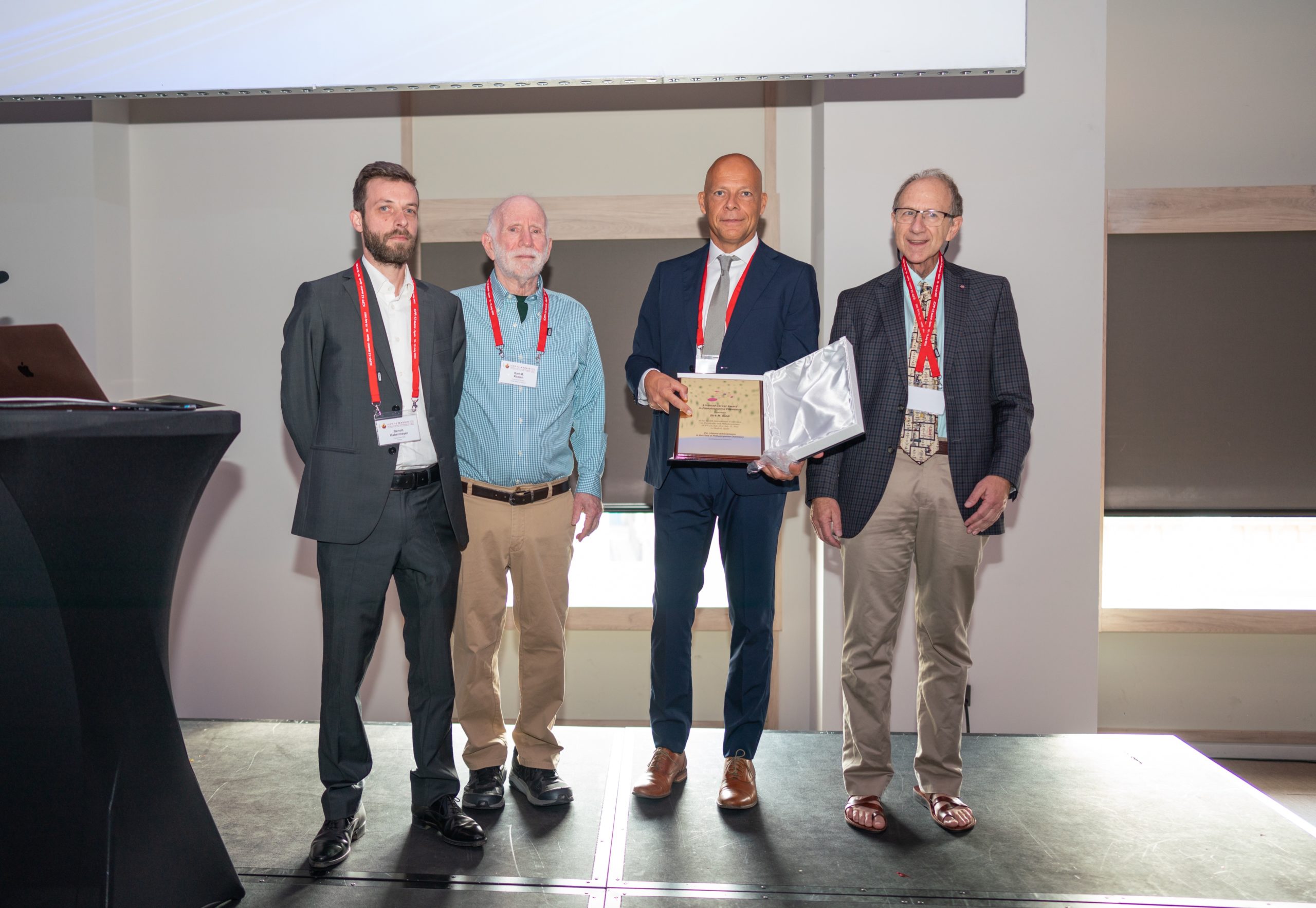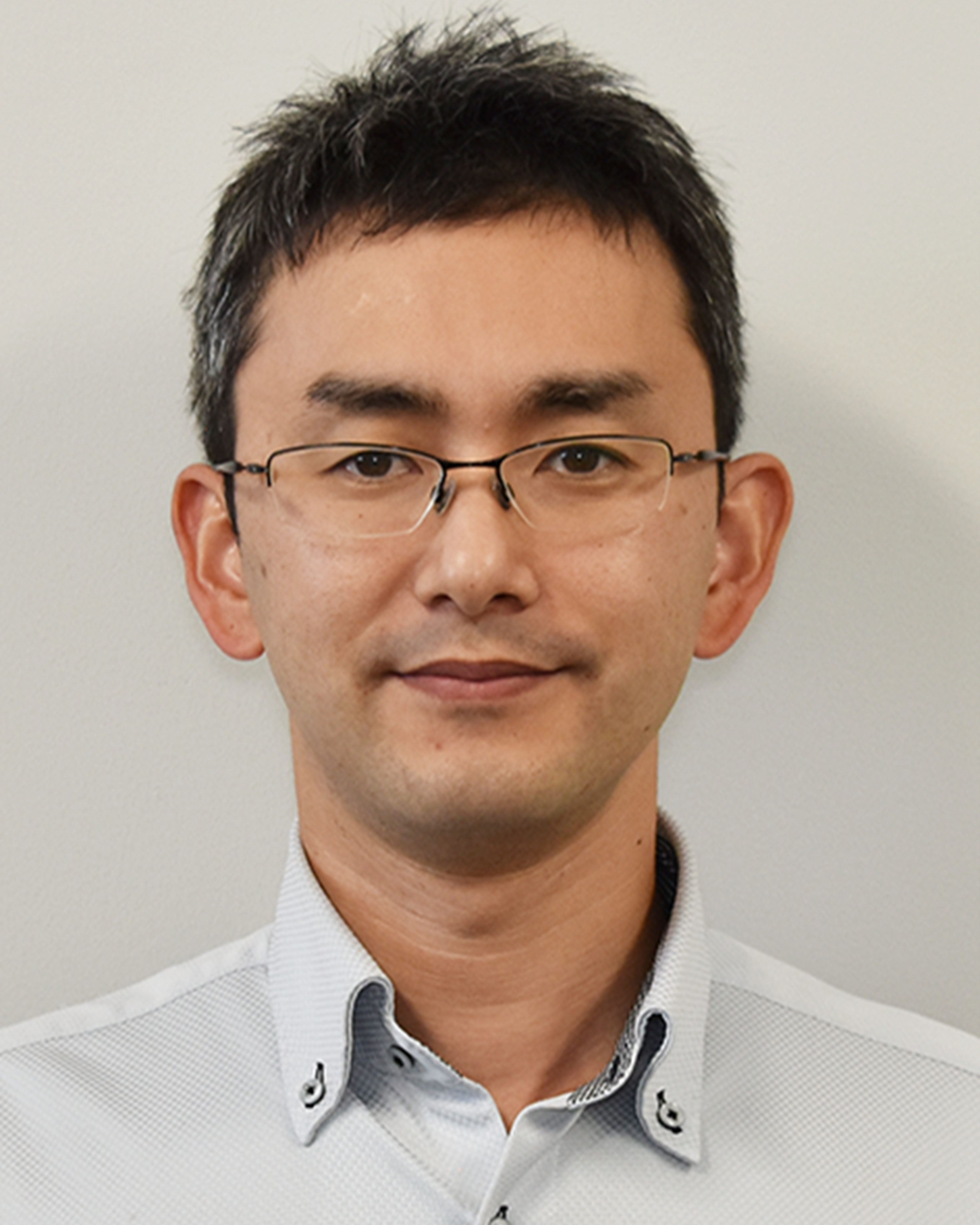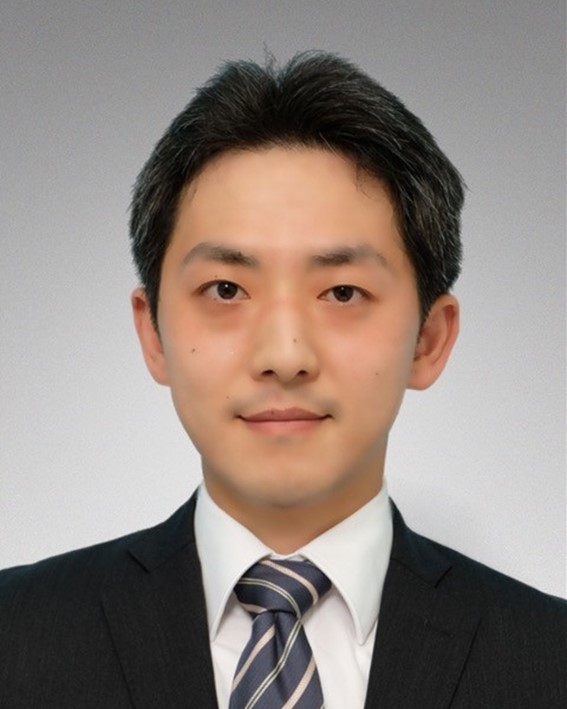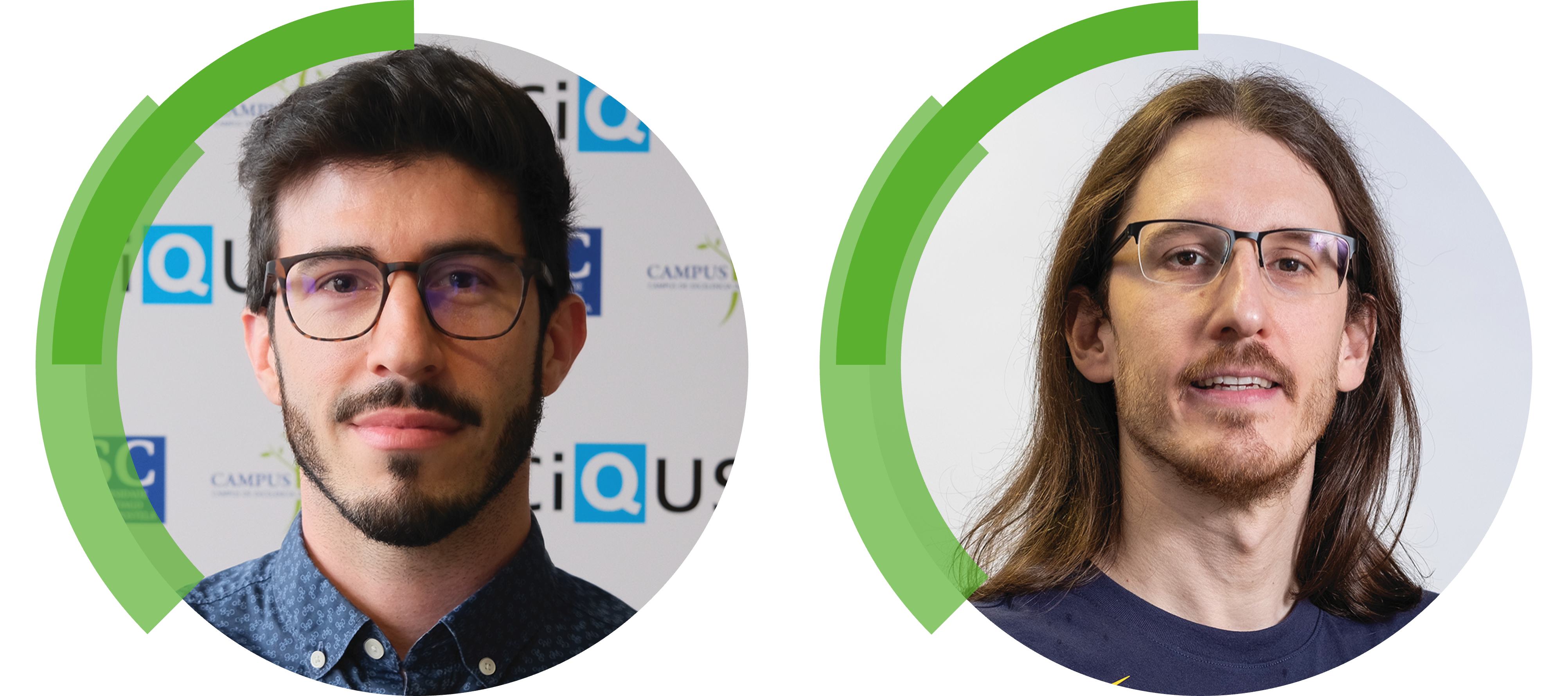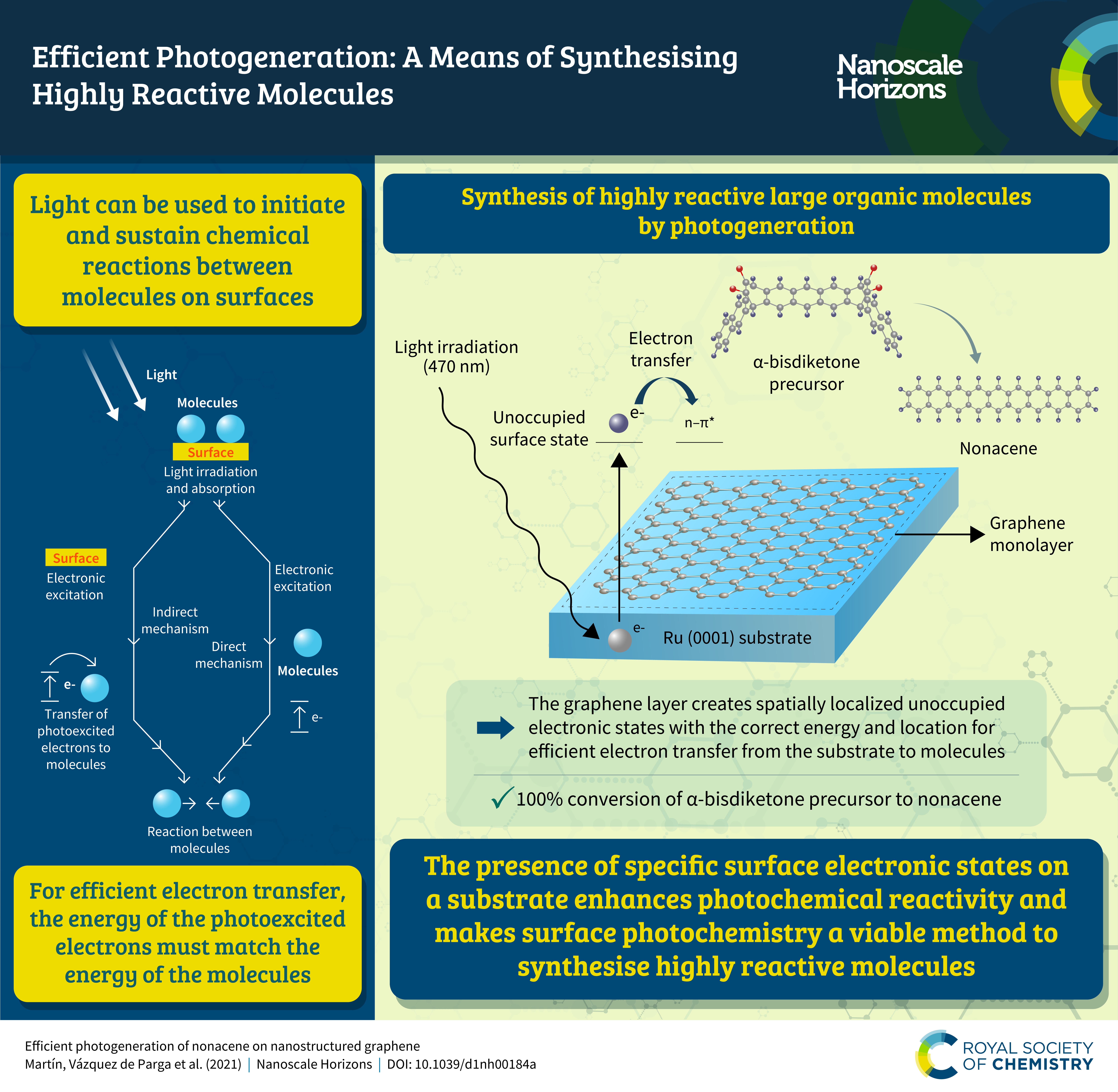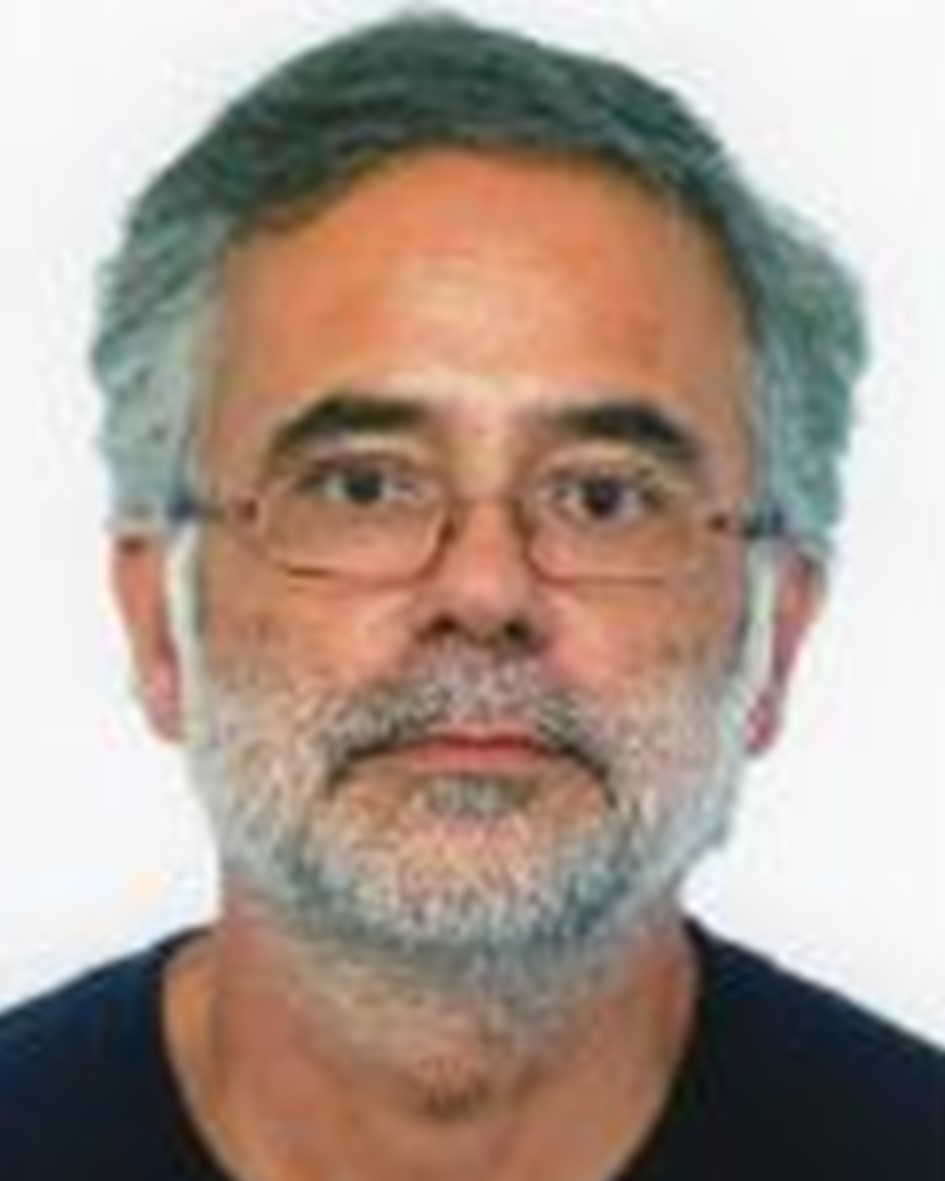Nanoscale Horizons Emerging Investigator Series
Congratulations to our latest Emerging Investigators Dr Sukjoon Hong and Dr Joonmyung Choi (Hanyang University, South Korea)!
Since the launch of Nanoscale Horizons, the journal has had a clear vision to publish exceptionally high-quality work whilst acting as a resource to researchers working at all career levels. We continue to be impressed by the quality of the research published and at the same time are looking for new ways of recognising and promoting the outstanding authors behind articles published in the journal.
This year we launched an Emerging Investigator Series to showcase the exceptional work published by early-career researchers in the journal. We will regularly select a recently published Communication article and publish an interview-style Editorial article featuring the corresponding author. We hope that the series will also benefit the nanoscience community by highlighting the exciting work being done by its early-career members. More details about the Emerging Investigator Series can be found in this editorial.
We are excited to share our our latest Emerging Investigators, Dr Sukjoon Hong and Dr Joonmyung Choi (Hanyang University, South Korea)!
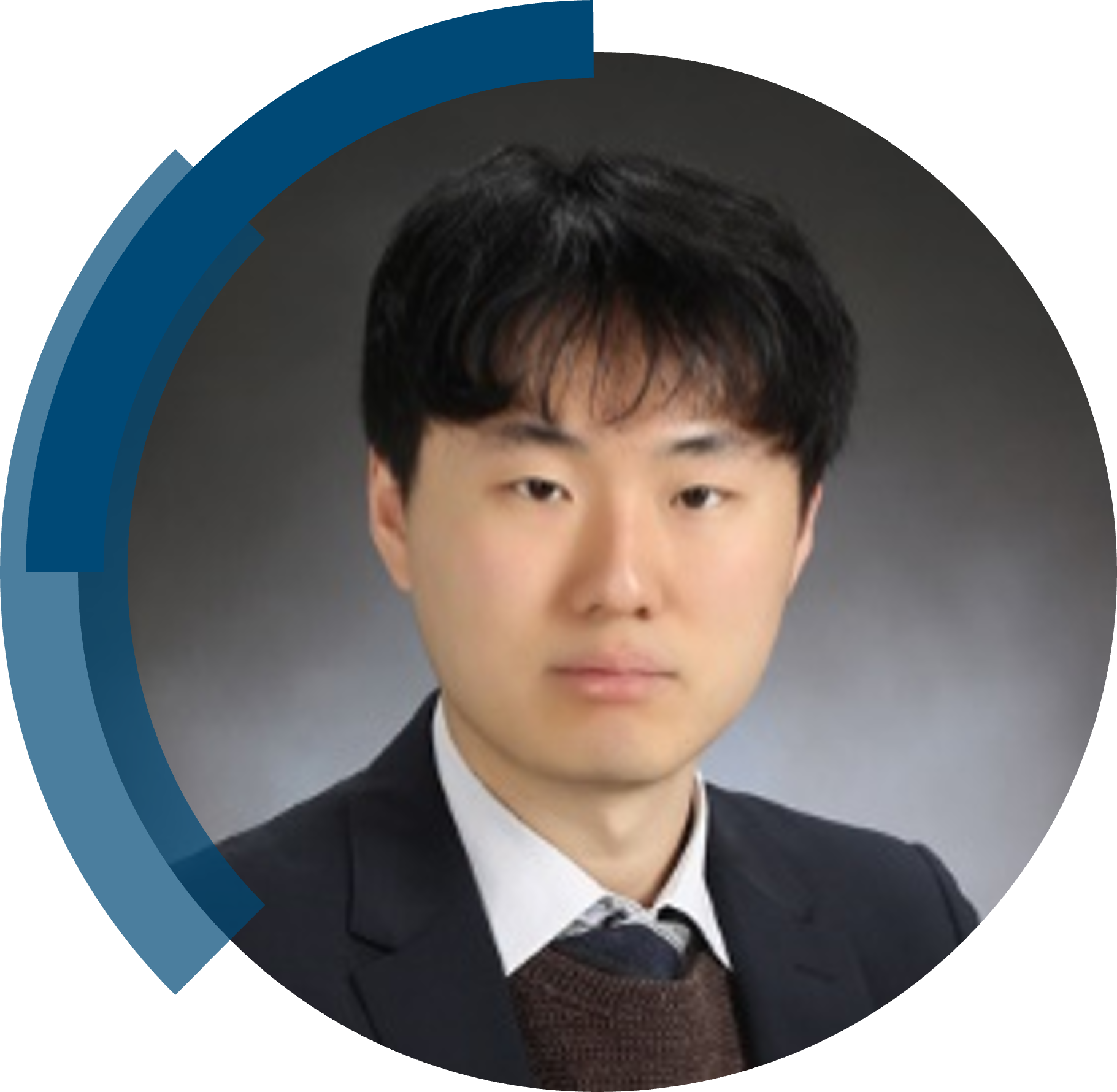
Dr Sukjoon Hong received a BS and MS degree from the Department of Physics at Seoul National University, and a PhD in Mechanical Engineering from the Korea Advanced Institute of Science and Technology (KAIST) in 2014. After postdoctoral studies at UC Berkeley in 2015, he joined the Department of Mechanical Engineering at Hanyang University, ERICA Campus, in South Korea as an Assistant Professor in 2016 and now serves as an Associate Professor at the same department. His research interests emphasize the development of various processing techniques, especially for nanomaterials using optical methods, such as selective laser sintering/ablation of nanoparticles, laser nanowelding/transfer of nanowires, and laser pyrolysis of polymeric substrates for transformative generation of carbon-based nanomaterials. |

Dr Joonmyung Choi is an assistant professor at Hanyang University, Ansan, South Korea. He received his BS degree (2010) and PhD (2016) from Seoul National University. Prior to his current position, he served as a postdoctoral researcher at Seoul National University (2016–2017) and a senior researcher at Samsung Electronics (2017–2019). From 2020 to the present, he has served as the editorial director of the CAE and Applied Mechanics Division of the Korean Society of Mechanical Engineers. Since 2022, he has also served as the associate editor of Transactions of the Korean Society of Mechanical Engineers A. His research interests are in the field of structural mechanics, surface and interface characterization, and multiscale modeling.
|
Read our interview with Sukjoon and Joonmyung here
Congratulations to Dr Sukjoon Hong and Dr Joonmyung Choi for their excellent work! You can read their featured Emerging Investigator article from Nanoscale Horizons below.
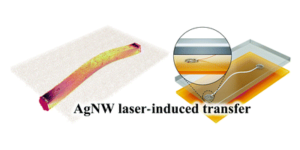
Molecular mechanics of Ag nanowire transfer processes subjected to contact loading by a PDMS substrate
|
We hope you enjoy reading our interview and featured article and are looking forward to sharing our future Emerging Investigators with you!













